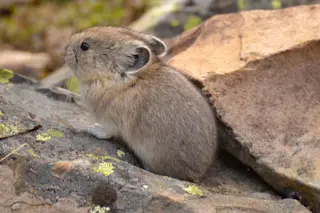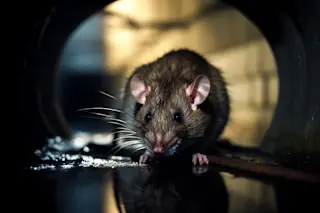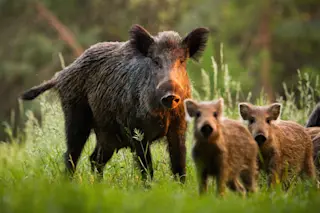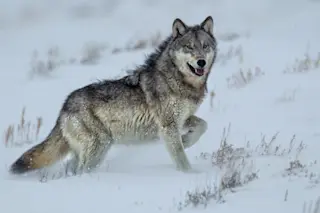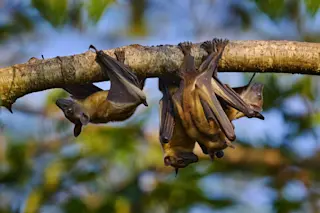Pikas are related to rabbits and live at high elevations in the mountains of North America. Climate change is shrinking the areas where they can live. (Credit: Alison Henry) According to a survey from Yale University’s Program on Climate Change Communication, 70 percent of Americans think global warming is happening, but only 40 percent believe it will harm them personally. But what if those same people who believe they are somehow immune from harm were told climate change is being blamed for the demise of an adorable, fuzzy, innocent creature? Oh, the feels. Things, perhaps, just got personal. That’s exactly what’s playing out in a 165-square-mile stretch of California’s northern Sierra Nevada mountains. In this corner of the country, the American pika has entirely disappeared and gone elsewhere, and researchers are saying this is the largest area of pika extirpation—vanishing from a particular area while existing elsewhere—ever reported. It's a ...
Pikas Are Disappearing from California's Sierra Nevada Mountains
The American pika population decline due to climate change threatens their survival in high elevation habitats. Are they adapting fast enough?
More on Discover
Stay Curious
SubscribeTo The Magazine
Save up to 40% off the cover price when you subscribe to Discover magazine.
Subscribe

